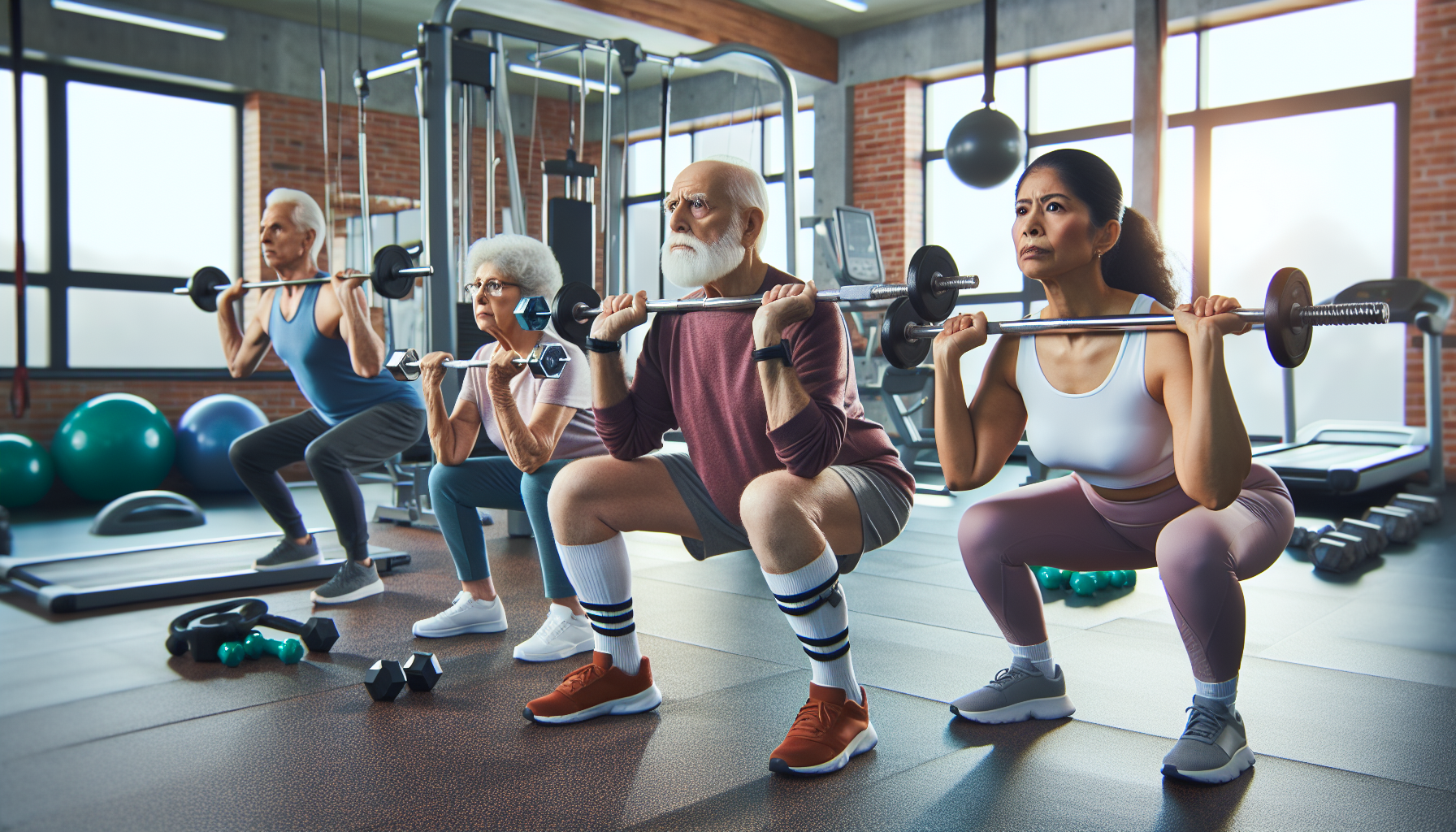Osteoporosis is a skeletal disorder characterized by weakened bones and an increased risk of fractures. As our population ages, the incidence of osteoporosis and related fractures is expected to rise. Fortunately, there is a growing body of evidence to suggest that resistance training can play a significant role in preventing osteoporosis. This form of exercise not only builds muscle but also improves bone density, which is critical in the fight against this bone-weakening disease.
Understanding Osteoporosis
Before diving into the benefits of resistance training, it’s essential to understand what osteoporosis is and why it occurs. Osteoporosis involves a decrease in bone mass and density over time, leading to fragile bones that are prone to fractures. Several factors contribute to the development of osteoporosis, including age, hormonal changes, nutritional deficiencies, and a sedentary lifestyle.
The Role of Exercise in Bone Health
Regular exercise is a well-established strategy for maintaining bone health. It is widely recognized that weight-bearing activities, such as walking and running, can help to maintain bone density. However, resistance training, also known as strength training, is particularly effective because it applies stress to the bones, stimulating the bone-building process. For more insights into maintaining optimal bone health, visit Avix Health’s comprehensive guide on bone health.
The Impact of Resistance Training on Bones
Resistance training involves the use of free weights, weight machines, resistance bands, or body weight exercises to improve muscle strength and endurance. When muscles exert force against bone during these activities, it encourages bone-forming cells to go into action, increasing bone mineral density (BMD). BMD is a key measure of bone health, and higher values are associated with stronger bones.
Scientific Evidence
Numerous studies have shown the effectiveness of resistance training in increasing BMD. For example, a study published in the Journal of Bone and Mineral Research found that high-intensity resistance training increased BMD in postmenopausal women, a group particularly at risk for osteoporosis.
In another study, the Bone Density in Young Adults, resistance training was found to have beneficial effects on bone density even in younger populations. This aligns with the idea that building strong bones during youth can provide a "bone bank" that can protect against osteoporosis later in life. More on this can be found in Strategies for Improving Bone Strength in Young Adults.
How to Incorporate Resistance Training for Osteoporosis Prevention
To reap the benefits of resistance training for osteoporosis prevention, it’s crucial to follow a well-structured program. Here are some tips to get started:
-
Consult with a professional: Before beginning any new exercise program, especially if you have osteoporosis or other health concerns, consult with a healthcare provider or a certified fitness professional.
-
Start slow: If you are new to resistance training, start with lighter weights and gradually increase the load as your strength improves.
-
Focus on form: Proper technique is essential to prevent injury and ensure that the stress from the exercise is applied effectively to the bones.
-
Include a variety of exercises: Target all major muscle groups and include exercises that work the muscles in different ways.
-
Be consistent: Aim for at least two to three resistance training sessions per week to see improvements in bone density.
-
Monitor your progress: Consider regular bone density monitoring to track the effects of your training regimen on your bone health. More about this can be found in The Importance of Bone Density Monitoring in Athletes.
Additional Strategies to Support Bone Health
While resistance training is powerful, it’s only one piece of the puzzle when it comes to preventing osteoporosis. Other important factors include:
-
Adequate Nutrition: A diet rich in calcium and vitamin D is crucial for bone health. Learn about the Role of Calcium in Post-Fracture Bone Healing.
-
Healthy Lifestyle Choices: Avoid smoking and excessive alcohol consumption, as these can negatively impact bone density.
-
Hormonal Balance: Conditions like hyperthyroidism can affect bone health. Explore the Connection Between Thyroid Health and Bone Density.
-
Medication and Supplements: In some cases, doctors may prescribe medications or recommend supplements to help improve bone health. Find detailed information about medication and supplements at Avix Health.
External resources that provide additional insights into the benefits of resistance training for osteoporosis prevention include:
-
The National Osteoporosis Foundation’s guidelines on exercise for preventing and treating osteoporosis. National Osteoporosis Foundation.
-
A comprehensive review of the effects of resistance training on bone health in older adults. PubMed Central.
-
An in-depth look at how exercise affects bone density and structure. Journal of Exercise Rehabilitation.
Conclusion
Resistance training offers a robust defense against osteoporosis by increasing bone density and reducing the risk of fractures. By incorporating resistance training into a comprehensive approach to health that includes proper nutrition, lifestyle choices, and possibly medication or supplements, individuals can significantly improve their bone health and overall well-being. As the scientific community continues to uncover the full extent of resistance training’s benefits, it stands as a powerful tool in the prevention of osteoporosis and the promotion of a more resilient skeletal system.



